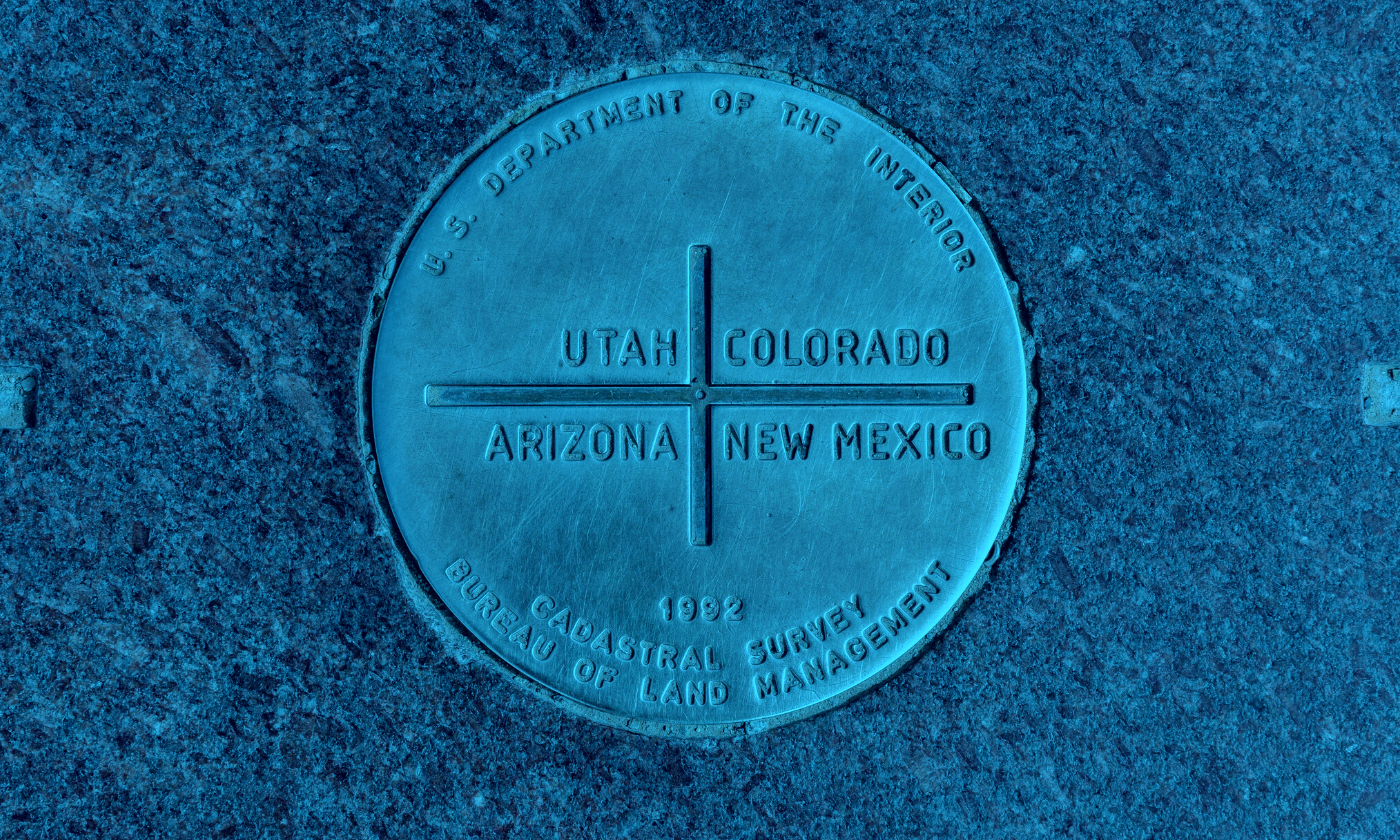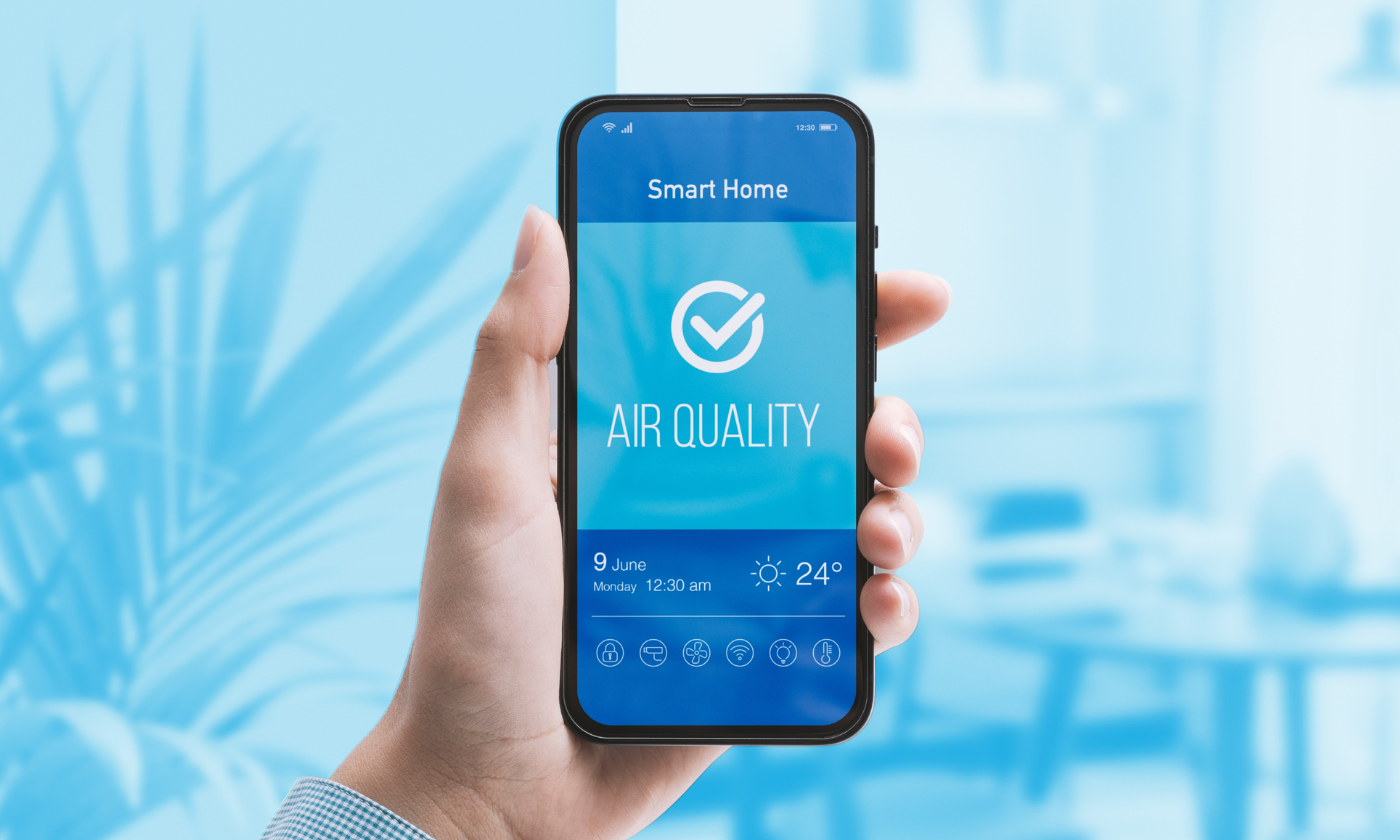ご存知ですか? サンファン盆地のメタン漏れとしても知られるフォーコーナーズ メタン ホットスポットは、米国で最もメタン汚染が集中している場所です。
メタンは天然ガスの主成分です。湿地などの自然発生源や、主に石油・ガス掘削、石炭採掘、家畜飼育などの人間の活動によって排出されます。二酸化炭素に次いで2番目に多い温室効果ガスですが、その影響ははるかに大きいです。謎のメタンガス雲は、2003年から2009年の間に撮影された過去の衛星画像を使用して2014年に発見されました。
メタンは大気中の熱を閉じ込める力が二酸化炭素の25 倍以上あります。排出されてから最初の 20 年間で、メタンの力は二酸化炭素の 80 倍以上になります。
過去 10 年以内に、アリゾナ州、コロラド州、ニューメキシコ州、ユタ州のフォーコーナーズ交差点付近の 2,500 平方マイル (6,500 平方キロメートル) をカバーする予期せぬ大規模なメタン パッチが衛星によって発見されました。このメタンのホットスポットは、サンファン盆地のメタン排出の正確な発生源を突き止めるための NASA と米国海洋大気庁 (NOAA) による調査のきっかけとなりました。
ホットスポットの原因は何ですか?
サンファン盆地は天然ガスの最大の生産地であったため、当然ながら、最大の原因は石油およびガス事業からのメタン排出です。無色無臭のガスは、生産および流通のあらゆる段階で漏れ出します。一部の井戸は、市場向けに石油とガスの両方を採取するように設計されていますが、天然ガスは多くの場合、放出またはフレア処理(廃ガスを燃焼させるプロセス)され、石油のみが採取されます。
石炭採掘や炭層の採掘と処理も、メタン濃度の上昇に一役買っています。石炭埋蔵量が地表に接する場所では、自然の浸出や採掘によってメタンが大気中に放出されます。このガスは回収されることもありますが、回収されないこともよくあります。また、セメントで密閉されていない、放棄された石油井戸やガス井戸からもメタンは漏れ出します。
2003 年から 2009 年にかけて、このメタン ホット スポットは年間59 万トンのメタンを排出しました。現在、サン ファン盆地には 26,000 基の稼働中の石油およびガス井と 11,200 基を超える廃坑井があります。しかし、研究者は 2016 年にガス井、貯蔵タンク、パイプライン、処理プラントなど、約 250 の個別のメタン漏れ源を特定しました。これらの発生源は、この地域のメタン排出量の約半分を占めています。
放棄された石油・ガス井を適切に塞ぐことは、フォーコーナーズ地域全体の空気の質とそこに漂うメタン雲の改善に役立ちます。また、水資源を保護し、近隣地域に生息するコミュニティと野生生物の健康を改善することにも役立ちます。
天然ガスが地域社会に与えた影響
メタンは、大気中に放出される最も危険な温室効果ガスの 1 つです。メタンのホットスポットは、さまざまな方法で米国南西部のコミュニティに悪影響を及ぼします。サンファン市民同盟によると、その影響には次のものがあります。- 気候変動:メタンの漏出は土壌と大気を汚染することで気候変動を悪化させ、CO2 よりも高い影響力を持っています。
- 無駄にされたお金:毎年、1,000 万世帯の燃料に十分な量のメタンが漏れ出しており、失われたガスの価値は推定 20 億ドルです。ニューメキシコ州だけでも、石油とガスの事業から毎年最大 2 億 7,500 万ドルの廃棄物が失われており、これにより州は年間の税収とロイヤリティ収入でさらに 4,000 万ドルの損失を被っています。
- 公衆衛生:メタンは一般に揮発性有機化合物 (VOC) と関連しており、地上オゾン汚染の一因となり、人間の健康を害し、気候変動を悪化させます。
多くの石油・天然ガス井は放棄されており、所有者がいないため、適切に閉鎖してメタン排出量を削減することはさらに困難です。幸いなことに、全国規模のコミュニティが支援することができます。
今私たちにできること
地域社会と地方自治体は、生活の質を維持し、天然ガスやその他の環境汚染物質の影響を軽減するために協力しなければなりません。
2014年、コロラド州は米国で初めて、石油・ガス事業からのメタン排出を削減する規制を導入した州となった。この規制は環境保護庁の規制よりも厳しいものだった。しかし、隣の州で規制が緩い措置が取られると、規制が厳しい州に悪影響を及ぼす可能性がある。
たとえば、ニューメキシコ州は国内で最も厳しいメタン排出規制を課していた。ニューメキシコ州知事のミシェル・ルジャン・グリシャム氏は、2019年1月に資本の無駄遣いをなくし、メタン排出削減に取り組むための行政命令に署名した。ニューメキシコ州環境局は、温室効果ガスの排出と大気汚染を削減するため、石油・ガス会社にメタン漏れを含む漏れの検出と修理を義務付ける新しい規則を提案した。
さらに、 2021年の経済成長の復活と孤立井戸の再利用(REGROW)法が、より大規模なインフラ整備パッケージの一環として最近可決されました。この法律では、全国の放棄された井戸を塞ぐために約50億ドルが割り当てられています。このうち4億ドルが、公有地と部族の土地にある孤立井戸の浄化に割り当てられています。
DeNova Detect の天然ガス検知器は、リアルタイムの予防措置により、新たなガス漏れを軽減するのにも役立ちます。DeNova Detect は、天然ガスの脅威にさらされている人々や、大きな影響を受けた人々を保護することに尽力しています。最先端のセンサーと検知技術を備えた DeNova Detect の現場展開とデータは、研究者や作業員が漏れの原因をより迅速かつ正確に特定するのをサポートします。
New Cosmos USA と当社の DeNova Detect 製品がコミュニティの保護にどのように役立つかについて詳しくは、当社の天然ガス ブログをご覧いただくか、当社の住宅用天然ガス警報器を実際にご覧ください。





コメントを書く
このサイトはhCaptchaによって保護されており、hCaptchaプライバシーポリシーおよび利用規約が適用されます。